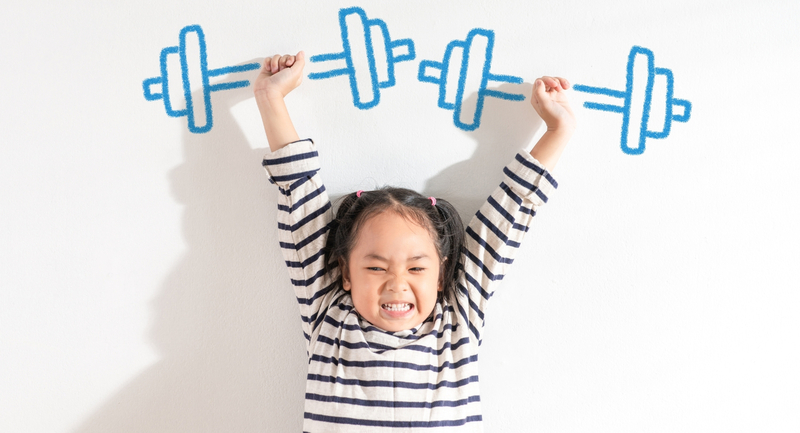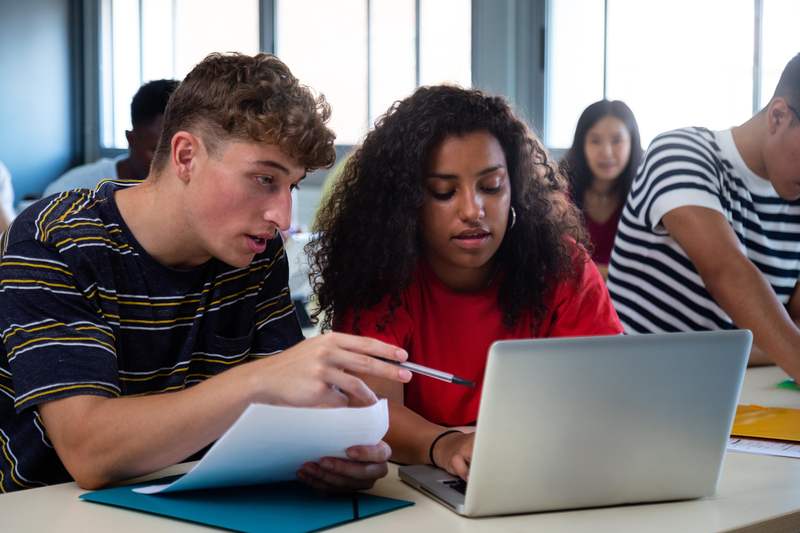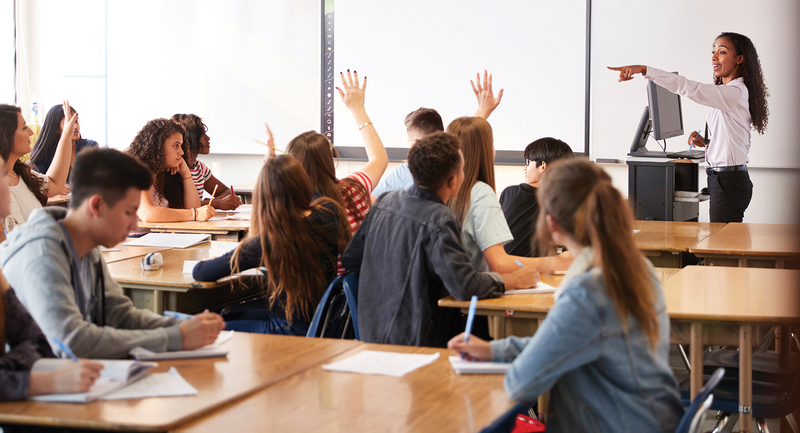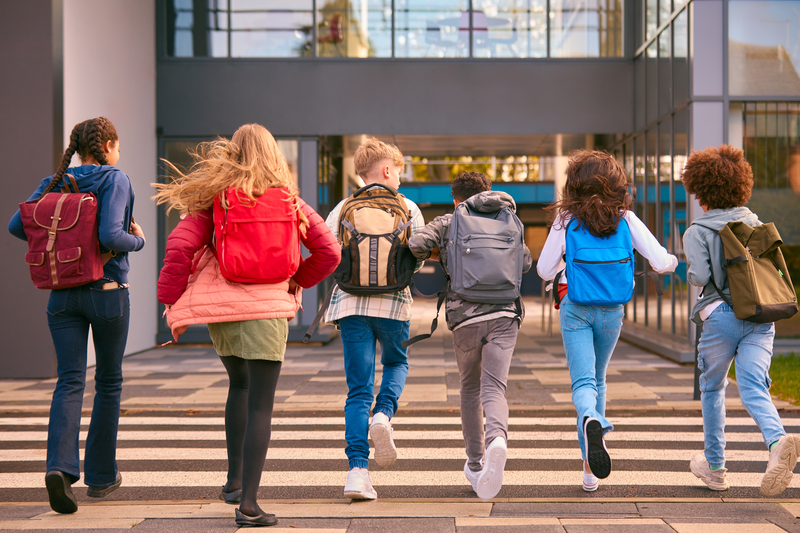Certain events happen in our world for which there are no lesson plans. As the 2017–18 school year began, Hurricane Harvey struck Texas with intensity. In my advanced placement environmental science classroom, I wanted my students to consider the social, economic, political, and environmental consequences of the storm. We were all watching the devastation from one of the worst tropical storms in U.S. history unfold in the news and on social media. I knew it would be strange not to talk about it. There was one problem: I wasn't quite sure how to start.
In addition to natural disasters, unpredicted occurrences such as school shootings and political protests can be daunting to think about covering as a teacher. But they often present authentic and relevant learning experiences for our students. When taught the right way, integrating current news events into the regular curriculum offers incredible opportunities for social and emotional development.
I wanted students to lead our discussion, so I decided to try a "fishbowl" discussion—an organizational strategy for simultaneous small and whole group discussions. To start, students stand in inner and outer circles. Students in the inner circle (the fishbowl) actively discuss an essential question while students in the outer circle listen. In the outer circle, students observe discussion strengths or challenges. In the fishbowl, students may reference articles or outside sources to support their discussions or respond to each other in agreement or disagreement. Students lead the discussion for about 15–20 minutes until participants switch circles and repeat the process.
To prepare for our fishbowl, I asked students to choose news articles ahead of time that dealt with some aspect of the storm and highlighted their personal connection with the news.
During the discussion, students first focused on the science behind the event. But as the fishbowl went on and they heard stories about the hurricane through multiple perspectives, I watched them wrestle with feelings and emotions. They listened thoughtfully to one another's views on the hurricane and our current climate. Some had never considered how students who live in poverty would be particularly affected by the storm. Others said their eyes were opened to how important it is to stick together as a nation through hard times. After one student shared that natural disasters increase suicide and depression rates, others admitted they had only been thinking about the economic toll of hurricanes and began to think more carefully about the emotional toll.
By the end of the class period, my students were not only more informed, their connection to one another was stronger because of the discussion. They had a true sense of belonging to a learning community.
An important component of the fishbowl is debriefing followed by individual reflection. After we finished, I asked students: How did you feel when you were in the outer circle? Which part of the discussion was most important for you? Have you developed any new insights from the discussion? I gave my students the choice of a written reflection or an artistic expression. Student reflections revealed how strongly they felt for those affected by the hurricane, whether they were citizens, politicians, scientists, or emergency responders. Some created artistic graphics that poignantly depicted the flood victims' personal loss and hardship.
Our students yearn for experiences through which they develop interpersonal and intrapersonal skills, empathy, resiliency, and compassion. In tandem, real-world events and the fishbowl-discussion strategy provide exactly the kind of rich learning experience we desire for our students: one that is not only intellectually stimulating but also supports social-emotional learning.
"During the fishbowl discussion, I witnessed different emotions in and around me," one of my students wrote in her reflection. "At first, I had come into the room knowing only one perspective of the situation in the affected areas of Texas, Georgia, and Florida, but I came out knowing more. I definitely felt that understanding things from one perspective alone makes it easy for us spectators to underestimate the woes that victims are truly facing."
I have watched my students' self-awareness and social awareness increase as we continue to have discussions in thought-provoking ways. Later in the school year, we conducted another fishbowl on the water shortage in Cape Town, South Africa. Again, my students researched the science behind the issue and uncovered so much more than they would have learned individually as they discussed the problem's many aspects, including the difficult decisions facing residents, businesses, health care professionals, and government officials. Throughout the year, the resounding plea I would hear from my students was, "When can we do another fishbowl?"
Creating safe spaces for discussion empowers students to take charge of their own learning. Across the curriculum, relevant world events aligned to curriculum objectives capture students' attention. Understanding through thoughtful discussion with peers is a powerful tool to engage our students and prepare them to be informed, productive citizens.







